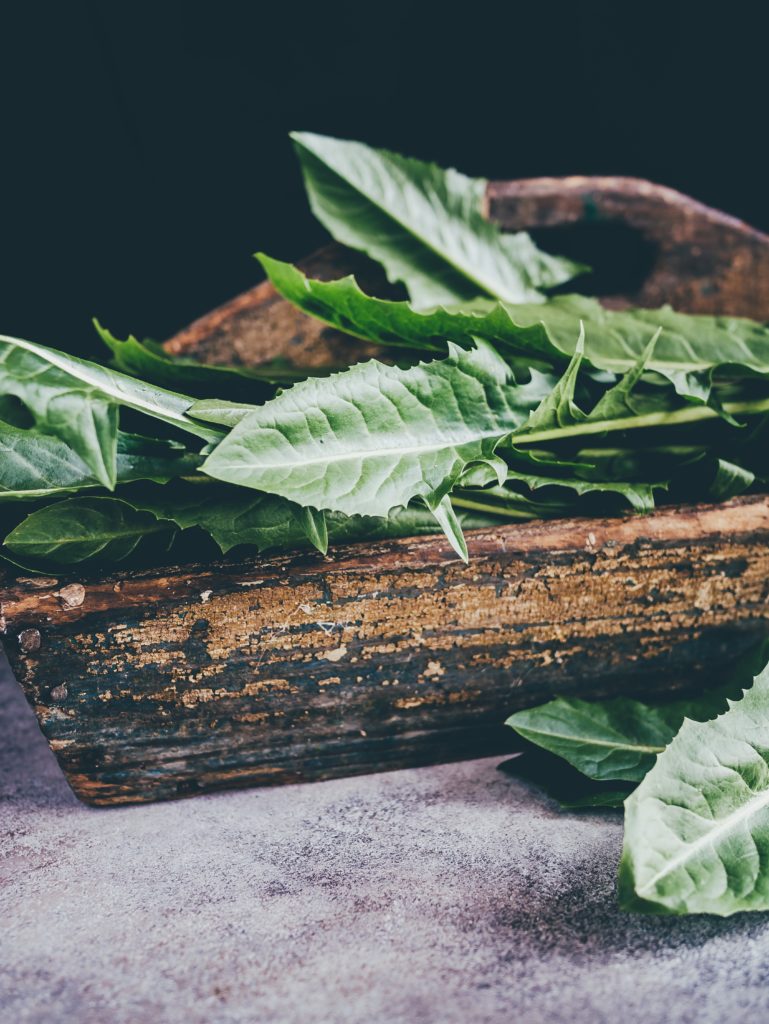All fields are required
Posted in Food Insecurity,Food Safety on September 9, 2018

You’ve put yourself in a camping predicament. Your easy-eats have run out, and you are hungry. When was the last time you had food? It’s been a while and you’re becoming very uneasy about your situation. It doesn’t matter anymore how careful you were when you planned this trip. Something has gone wrong, and now you’re lost. You need to stay put and wait for help, but what do you eat until that time arrives?
It’s time to look around your area, not to far though. The last thing you need is to wander away from your campsite. Lucky for you, somewhere in your mind you’ve studied survival tactics. All you need to do is pull the information out. Maybe, just maybe, you’ll remember this article and know what plants to eat safely.
It’s forage-time ladies and gentlemen. These tactics might not keep you alive for the next 50 years, but they can tide you over until help arrives. So, grab your notebook and study some of this plant-eating information. You never know when you might need it.
The goal is to retain energy until a better solution finds its way to you. Lesson one: think safe, not desperate. Eating an unknown substance is not like taking grubbing on old Fritos. It’s a dangerous undertaking, and your body will be sure to tell you all about it when you make that mistake. Here’s the guidelines to follow before your adventure into the wild.
Plants poison through contact, ingestion, or inhalation. That’s a lot of ways to make you sick, so you need to think before you eat. Blanket statements aren’t really great for a plant knowledge-base. For example, the statement “Leaves of three, let it be,” is not always true. The best solution is to understand what plants are in your area. Plant species are in conjunction with the weather. In humid climates, you’ll stumble across common plants in the open; but, in dry climates, you’ll find the plants you’re looking for near water. Memorize the plants in those areas, and you’ll likely find them when you really need it.
Here’s a few you might recognize that can sustain you long enough to live:
Dandelions.
These plants dubbed “weeds” are safe to eat from root to tip, as long as they are pesticide free. They also happen to be pretty good for you as well. That doesn’t mean you should go outside and start munching on the trimmings. You can’t trust household pesticides exposures; but, with safe growth, these weeds are a source of Vitamin A, a solvent to digestion issues, and have a history of medicinal properties for much more nefarious diseases. Dandelions aren’t the weeds of the survival world.
According to the NIH, “The use of dandelion as a food is generally considered safe. However, some people are allergic to dandelion; allergic reactions are especially likely in people who are allergic to related plants such as ragweed, chrysanthemums, marigolds, and daisies. The safety of using dandelion supplements for health-related purposes is uncertain.”
Cattails
You’ll want to avoid the fiber bits of these plants; however, the white bottoms and stalks are edible. Cattails are nutrient rich. Cattails are safe to eat raw (and rinsed as with all things), and provide potassium, vitamin C, and a stew of other goodies. Just a heads up, though, these plants are not for gluten-sensitive.
Clovers
Did you know the blossoms on clovers are part of the pea-family? Yep, clovers are stacked with protein; which, you’ll need to survive. Protein is essential in a survival situation for energy. In fact, it might be the most important nutrient in precarious situations. Clovers aren’t just lucky in stories, they could be the luck you need to survive. Clovers have vitamins B and C, but that doesn’t mean the taste is worth a pot of gold. Clovers are a hard swallow with their bitter taste, but try boiling them, and skip the brown blossoms, to make it a bit more palatable. However, eat clovers fresh, or completely dried. Do not ferment them, and steer clear of the white blossom clovers. White blossom clovers are safe in colder climates, but due to evolution, the same white blossom clovers can contain cyanide. Remember what I said about almond smells?
Berries, a trickster, but delicious.
Never put a berry in your mouth that you can’t identify, you’re better off hungry. It’s a tricky plant, with a lot of loopholes. White, green, and yellow berries are most often poisonous. Red berries are a problem fifty percent of the time. Black and blue berries are safe…ish. Approximately 90 percent of the time they’re good to go. What you really want are aggregated berries. Aggregate berries are small bits of fruit that join at the base, like raspberries and strawberries.
Here’s the quick-steps to make an impromptu tea out of your carefully chosen plants. Happy foraging!
Hungry for more? The blog, The Art of Manliness, compiled a list of 19 edible plants that you can find as you forage through the forest. There are some other tips there on what to keep an eye out for and what survival tests you can do when you just don’t know.
As ever, think before you eat. And if you don’t know if it is safe, don’t chew and swallow. Because the last thing you want to do when you are in survival mode is to make yourself sick or worse.
By: Heaven Bassett, Contributing Writer (Non-Lawyer)